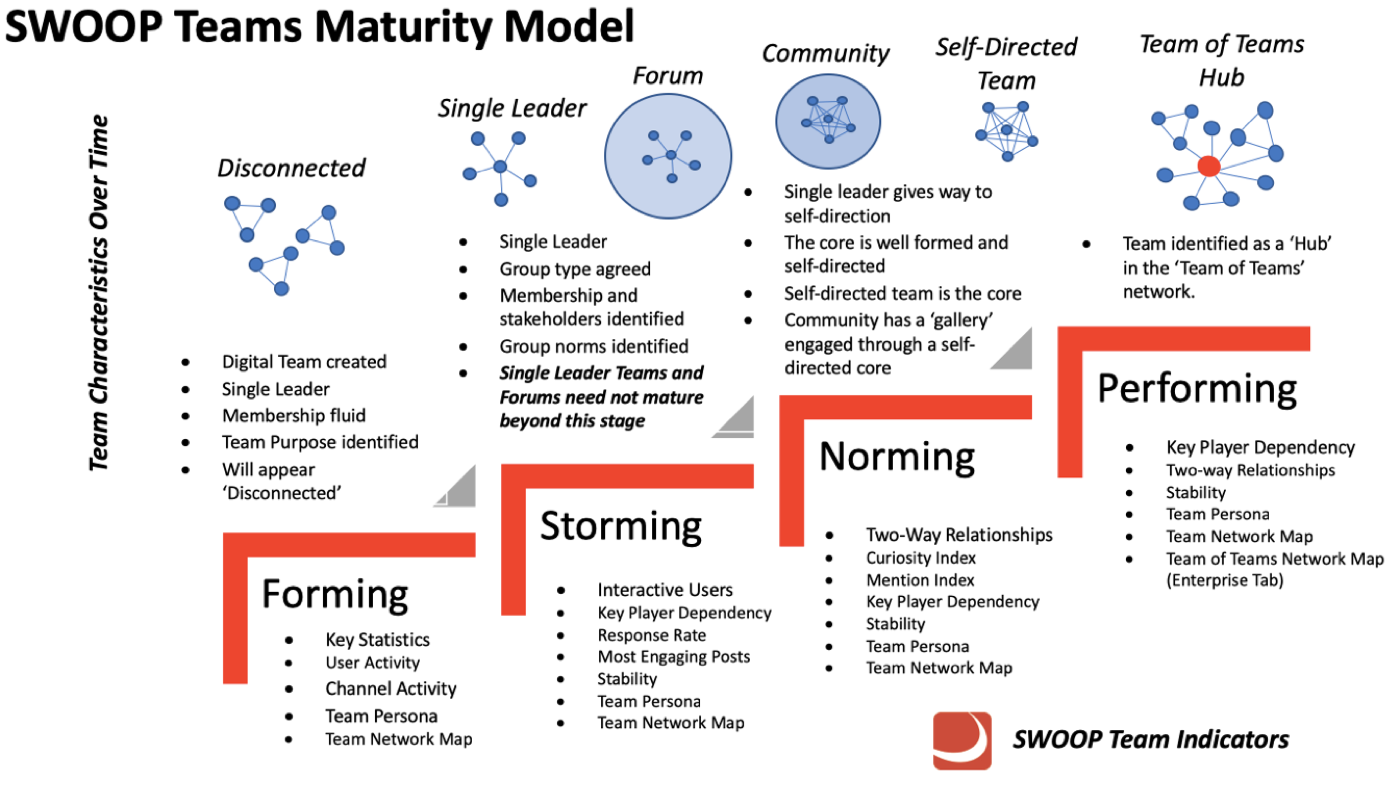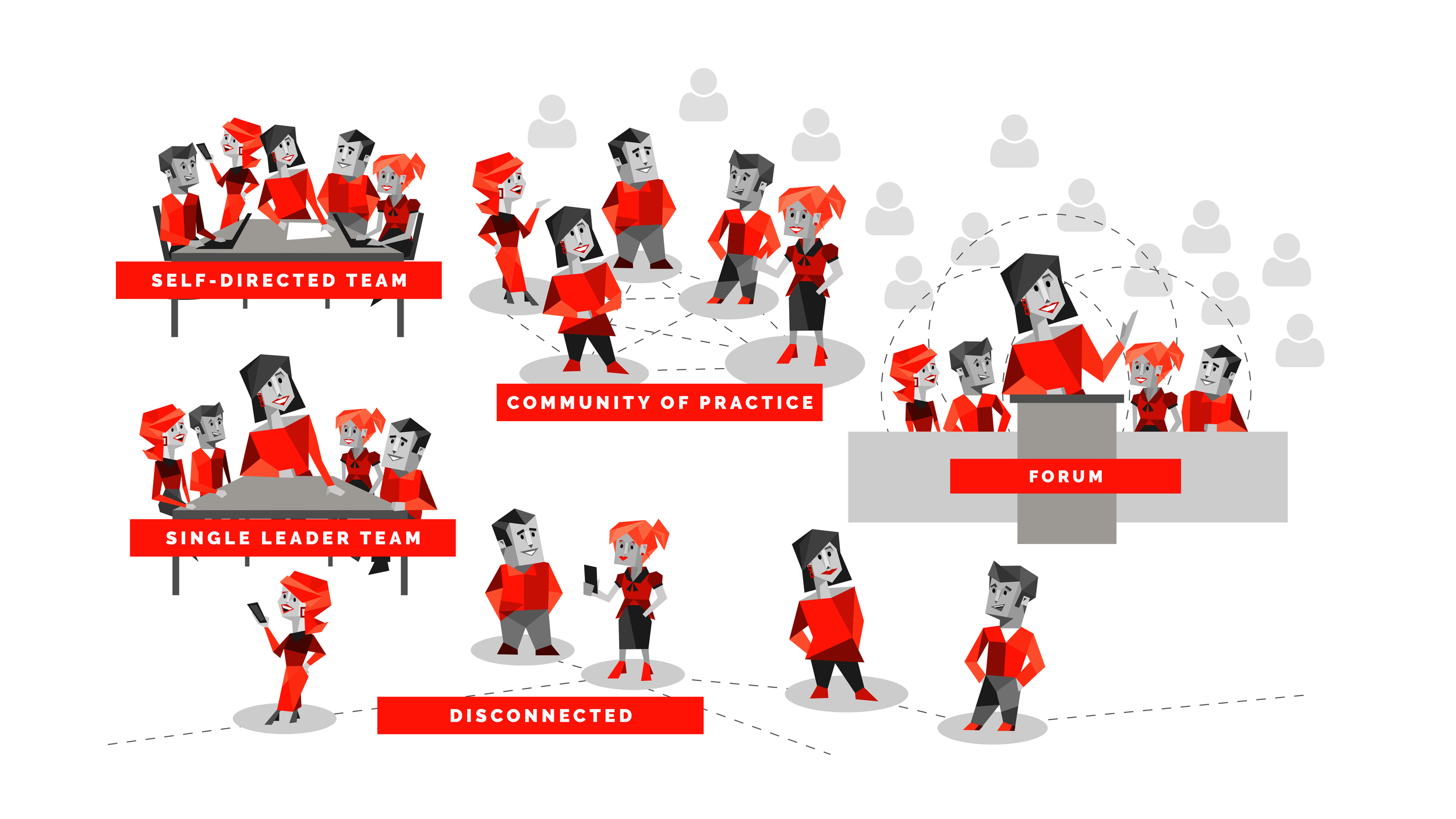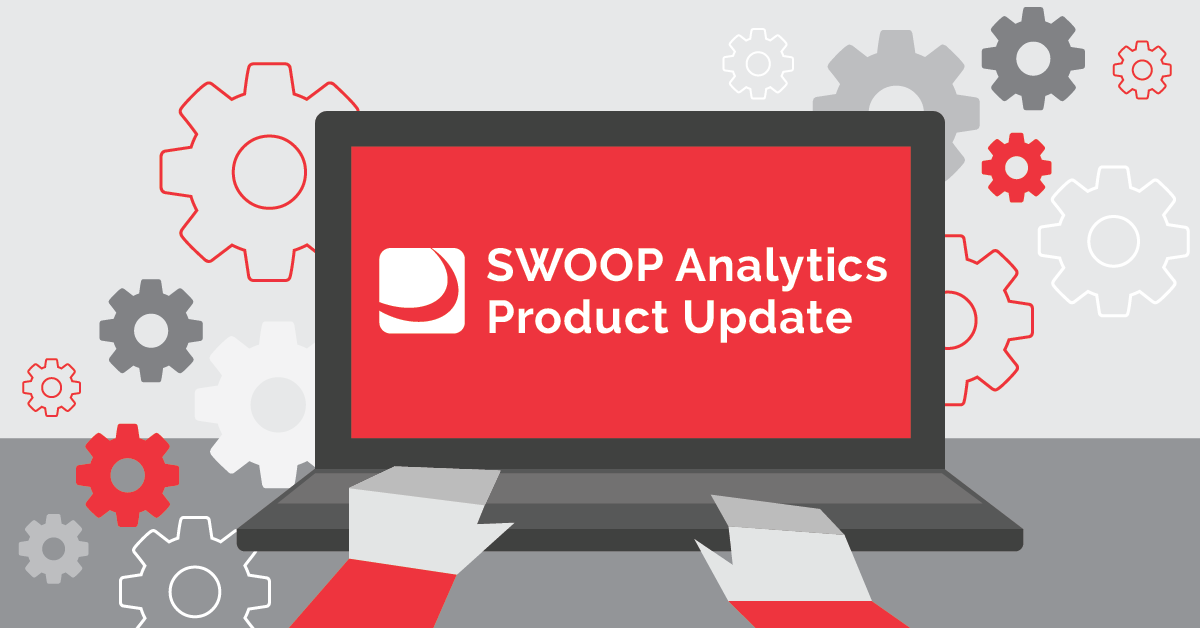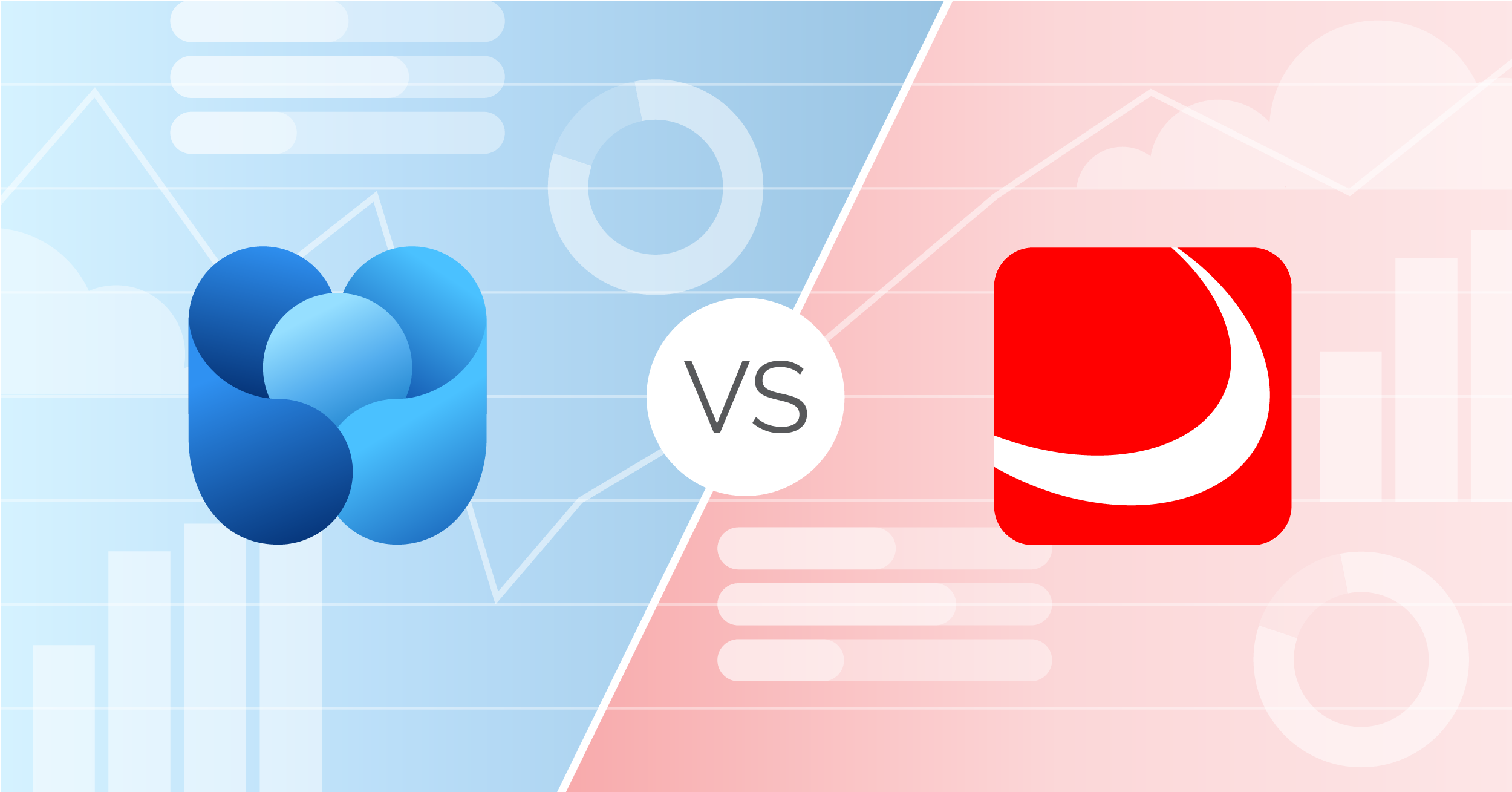
SWOOP Blog
Latest Articles
Blog Archive

SWOOP Chat with RACQ
Learn how one of Australia’s largest member organisations, providing roadside assistance, insurance, banking and more, is using Microsoft Teams and Yammer to keep employees connected with leaders during the COVID-19 work from home environment.

IT governance under attack as collaborative tool use goes ballistic: A way forward
Picture it now. The head of IT security has just been informed the whole company is moving to Working from Home (WFH) over the next week. All of a sudden, Microsoft Teams or Zoom or Webex or Slack (or put your favoured collaboration tool here), has to be rolled out post haste.

COVID-19 and Working From Home: An Unprecedented Research Opportunity
Have you ever wanted to better understand how productive you, your team and your organization really are when it comes to collaboration? If ever there was a time to research the effectiveness of how an organization is collaborating, it’s now. For those of you who have undertaken any experimental research, you will appreciate how hard it is to undertake a large-scale controlled experiment.

5 things to avoid when rolling out Microsoft Teams
We’re often told about best practices and how they should be implemented but what about those practices we should avoid, the worst practices? As part of SWOOP Analytics’ world-first benchmarking of Microsoft Teams, we interviewed six of the world’s top Microsoft consultancy firms to find the emerging worst practices when rolling out Teams.

Five evidence-based insights: Working effectively as a team in Microsoft Teams
Here at SWOOP Analytics, we have just published our very first global benchmarking report of the interactions of more than 47,000 people in more than 5,300 Teams across 15 organisations. This is the world's largest benchmarking study ever undertaken of team interaction patterns on Microsoft Teams. What follows are five evidence-based insights on what the best performing teams are doing and what you can do to achieve better business outcomes.

What needs to change when coronavirus sends your whole team Working From Home?
You just received the all-company announcement; everyone is to work from home (WFH) for the foreseeable future. You may have previously worked from home on the odd occasion. You managed to get by, but you always wondered if you had missed out a little, compared with your colleagues who were working from the office.

The State of Play With Microsoft Teams
Microsoft Teams is a big deal. Not only for Microsoft, but for all Office 365 customers. It’s Microsoft’s fastest growing business product ever and has been positioned as the hub for all office collaboration activities.In this time of coronavirus-forced work from home (WFH), keeping employees engaged in their work becomes even more of a priority. What’s more, this engagement is now becoming 100% digital (at least for the coming months).

Is organisational change needed to make Microsoft Teams a success?
It’s well accepted that any significant technology implementation must be accompanied by an organisational change program if it’s to succeed. The implementation of Microsoft Teams certainly qualifies as a significant technology implementation but how disruptive is it likely to be to your organisation?

The SWOOP Diversity Index: How is it Calculated?
You may have seen on your personal SWOOP dashboard something called the Diversity Index. You will also see it at the Groups, Team, Business Unit/segment and Enterprise levels where we average the diversity scores across the respective membership. In this article, we explain why and how the Diversity Index is actually calculated.

Accelerating Teams Adoption with SWOOP - Part 2
When SWOOP Analytics is used at the earliest stages of Microsoft Teams adoption, it is possible for organisations and teams to recognise the danger points, as well as the growth markers, to help accelerate their adoption rates.

Accelerating Microsoft Teams Adoption with SWOOP
We look at how to accelerate the adoption of Microsoft Teams to avoid the lows and move up the Maturity Model by Forming, Storming, Norming and Performing.

Surviving the Team Collaboration Platform Invasion
A key to surviving the teams platform invasion lies in taking a purposeful, rather than ad hoc approach.

Millions of dollars to be saved but don’t put it all at risk without measuring collaboration
Collaboration platforms Microsoft Teams and Workplace by Facebook are saving companies millions of dollars every year, resulting in up to 800% in ROI by keeping employees engaged and connected. But without analytics to help you clearly understand where collaboration is – and isn’t – happening you have no way of measuring if you’re receiving the business benefits.

Becoming a high performance, agile organisation (Performing)
We look beyond the single team to the network of teams; or what we refer to as the “Team of Teams”. We look at how three SWOOP enterprise functions provide a facility whereby organisational leaders can measure and track their journey to becoming a more agile organisation.

My team is established, now I want to step back and let the Team run itself (Norming)
Nirvana for teams is one where leadership can be shared across all members; members are all connected to each other by frequent two-way interactions; enabling the team to swiftly adapt to new conditions and sustain a consistently high level of productivity. Team outcomes are owned by the whole team and not just one or two members.

What Sort of ‘Team’ should I be aspiring to? Should I be on Microsoft Teams or Yammer?
Microsoft Teams has been established as the collaboration hub for Office 365 and will often become the first port of call for those looking to collaborate online. But is Teams always the correct place to collaborate? Should you be using Yammer?

You've created a Team on Microsoft Teams: Now What?
This is the first post in a series of practical tips on how to successfully adopt Microsoft Teams in your workplace.

The story of a digital team – Forming, Storming, Norming & Performing
Team productivity is strongly linked to relationships formed and sustained by team members. With SWOOP Analytics’ newest product – SWOOP for Microsoft Teams – we can help you identify what type of teams you’re working with and adapt behaviours to help you reach more productive outcomes.

Meet our ‘SWOOP for Microsoft Teams’ Personas
Ahead of the global launch of SWOOP Analytics’ newest product – SWOOP for Microsoft Teams –on July 1, 2019, we would like to introduce you to our SWOOP for Teams personas.

How Stable is your Digital Team?
We’ve taken a deep dive to analyse more than 1,300 digital teams and discovered some surprising results. While stability is easier to achieve in small teams, stability in larger teams could impact negatively on diversity and innovation, and sometimes lead to a toxic work environment.











